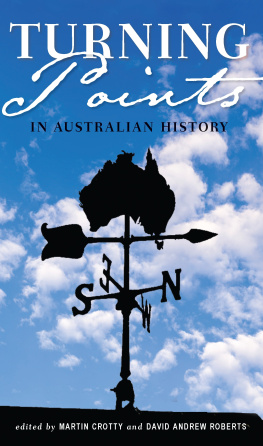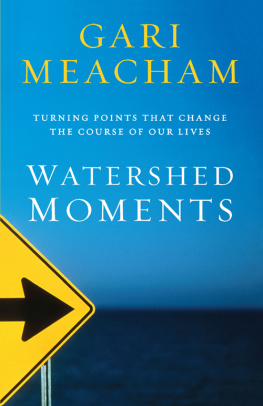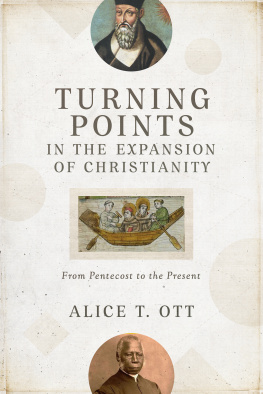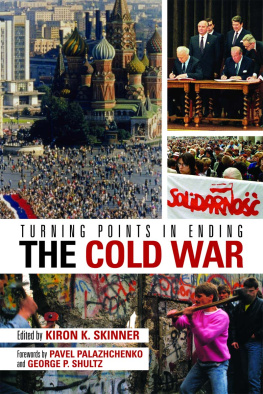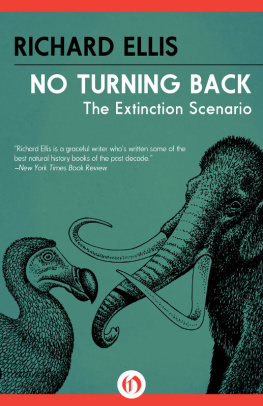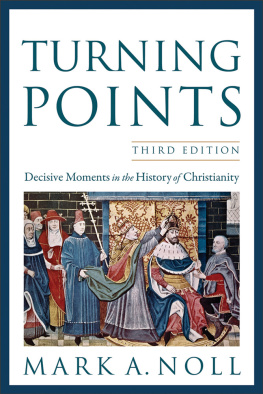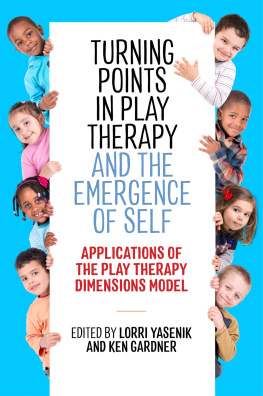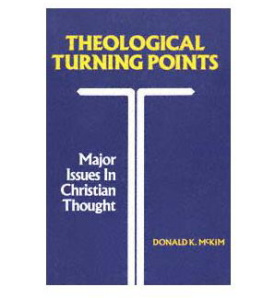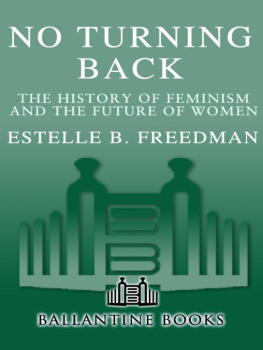RM Devens, Our First Century: Being a popular descriptive portraiture of the one hundred great and memorable events of perpetual interest in the history of our country , CA Nichols, Springfield (Mass.), 1879, title page.
F Lieber, Great Events Described by Great Historians , Harper & Brothers, New York, 1847, pp. 56.
G Davison, The Use and Abuse of Australian History, Allen & Unwin, Sydney, 2000, p. 261.
H Butterfield, The Whig Interpretation of History , Bell, London, 1931.
For one of numerous discussions of the fundamental logic of national history, albeit in the quite different context of conflicting national narratives in the Balkans, see V Roudometof, Collective Memory, National Identity, and Ethnic Conflict: Greece, Bulgaria, and the Macedonian question , Praeger, Westport (Conn.), 2002.
For discussion see, for example, D Bird Rose, Hard Times: An Australian study, in K Neumann, N Thomas & H Ericksen (eds), Quicksands: Foundational histories in Australia and Aotearoa New Zealand , UNSW Press, Sydney, 1999, pp. 219.
T Swain, A Place for Strangers:Towards a history of Australian Aboriginal being , Cambridge University Press, Cambridge. 1993; B Edwards, Living the Dreaming, in C Burke & B Edwards (eds), Aboriginal Australia: An introductory reader in Aboriginal studies , University of Queensland Press, Brisbane, 1994, pp. 6584.
P Luck, A Time to Remember: Bicentennial minutes , William Heinemann, Melbourne, 1988; W Lewis, S Balderstone & J Bowan, Events that Shaped Australia , New Holland, Sydney, 2006; Moments that Stopped Australia, 20 to 01 , Channel 9, 7 November 2005.
EP Thompson, History from Below, Times Literary Supplement , 7 April 1966, pp. 27980.
Prime Minister John Howards Address to the National Press Club, 25 January 2006; Age , 11 October 2007.
J Gregory, At the Australian History Summit, History Australia , June 2007, vol. 4, no. 1, pp. 10.110.5.
Howards Address to History Summit, Australian , 17 August 2006. Howard said How we can just teach issues and study moods and fashions in history rather than comprehend and teach the narrative, have a narrative, has always escaped me.
P Kelly, Opinion: Our history in disrepair, Australian , 19 August 2006; Editorial, Australian , 17 August 2006.
J Albrechtsen, Asking the Right Questions, Australian , 23 August 2006.
R Land (ed), Invasion and After: A case study in curriculum politics , Queensland Studies Centre, Griffith University, 1994.
A Clark, Teaching the Nation: Politics and pedagogy in Australian history , Melbourne University Press, Melbourne, 2006, pp. 1518.
GB Nash, Early American History and the National History Standards, The William and Mary Quarterly , vol. 54, no. 3, July 1997, pp. 579600; D Morton, Teaching and Learning History in Canada, in PN Stearns, PC Seixas & SS Wineburg (eds), Knowing, Teaching, and Learning History: National and international perspectives , New York University Press, New York, 2000, pp. 5162; V Little, A National Curriculum in History: A very contentious issue, British Journal of Educational Studies , vol. 38, no. 4. November 1990, pp. 31934.
K Crawford, A History of the Right: The battle for control of national curriculum history 19891994, British Journal of Educational Studies , vol. 43, no. 4, December 1995, pp. 43356.
R Samuel, Theatres of Memory: Past and present in contemporary culture , vol. 2, Verso, London, 1998, p. 198.
Press release, 18 July 2006, quoted in Clark, Teaching the Nation , p. 1.
D Shanahan & G Healy, PMs Timely History Lesson, Australian , 28 April 2000.
P Lee, Historical Knowledge and the National Curriculum, in H Bourdillon (ed), Teaching History , Open University Press, London, 1994, pp. 4148. See also A Clark, Coalition of the Uncertain: Classroom responses to debates about history teaching, History Australia , vol. 4, no. 1, June 2007.
Julie Bishop, address to History Summit, The Australian History Summit: Transcript of proceedings , DEST, Canberra, 2007, p. 3.
Clendinnen, The Australian History Summit , p. 41.
Hirst, The Australian History Summit , p. 28; J Hirst, Questions will Alter the Course of History Sydney Morning Herald , 21 August 2006; T Taylor, Milestones on the Road to History, Australian , 23 August 2006.
Outline Model Curriculum Framework: Australian history years 310, History Australia , vol. 4, no. 1, June 2007.
The Australian , 27 June 2007.
J Howard, Foreword by the Prime Minister, Guide to the Teaching of Australian History in Years 9 and 10 , DEST, Canberra, 2007, p. 3.
Ibid. See also pp. 910 of Guide to the Teaching of Australian History .
S Macintyre, The Lessons of History Teachers Ignored, Sydney Morning Herald , 13 October 2007.
M Crotty & DA Roberts (eds), The Great Mistakes of Australian History , UNSW Press, Sydney, 2006.
M Waller, Voice, Choice and Loyalty: Democratisation in Eastern Europe, in G Parry & M Moran (eds), Democracy and Democatisation , Routledge, London, 1994, p. 129.
Davison, The Use and Abuse of Australian History , p. 195.
B Edstrm, Introduction, in B Edstrm (ed), Turning Points in Japanese History , Routledge, Richmond, 2002, p. 11.
Edstrm, Introduction, p. 13.
Samuel, Theatres of Memory , p. 203.
J. Stacey and B. Thorne, The Missing Feminist Revolution in Sociology, in LS Kauffman (ed), American Feminist Thought at Centurys End: A reader , Blackwell Publishing, Cambridge (Mass), 1993, p. 170.
J. Kelly, Women, History, and Theory: The essays of Joan Kelly , University of Chicago Press, Chicago, 1984, pp. 2050.

